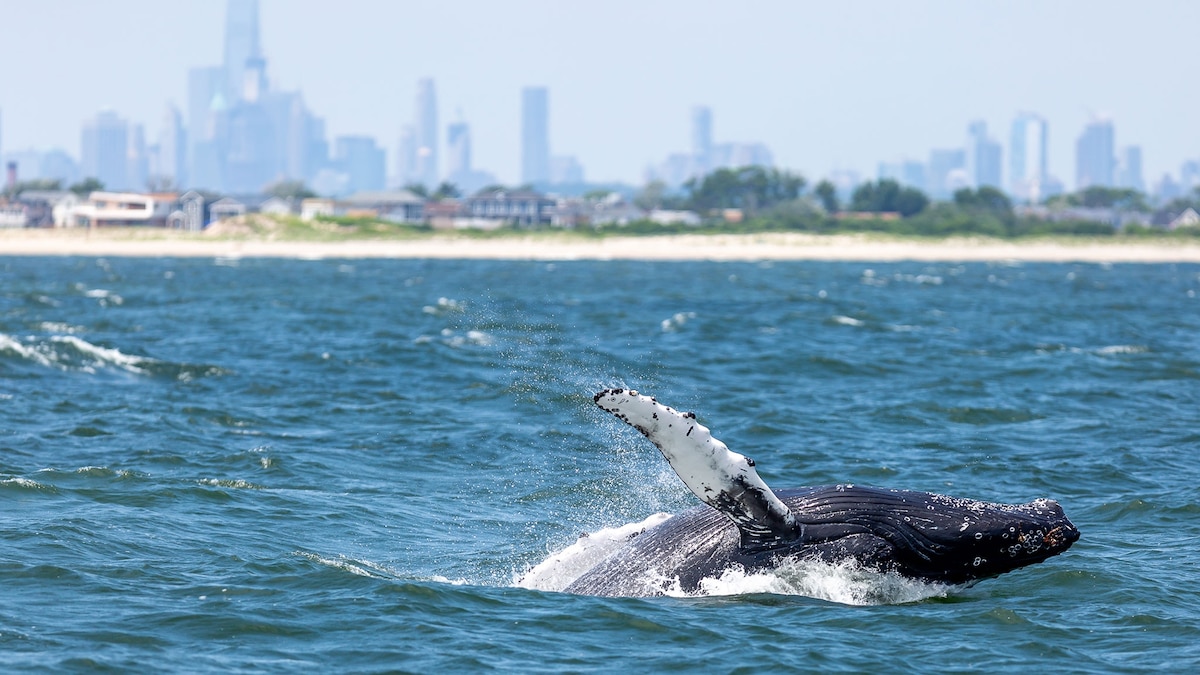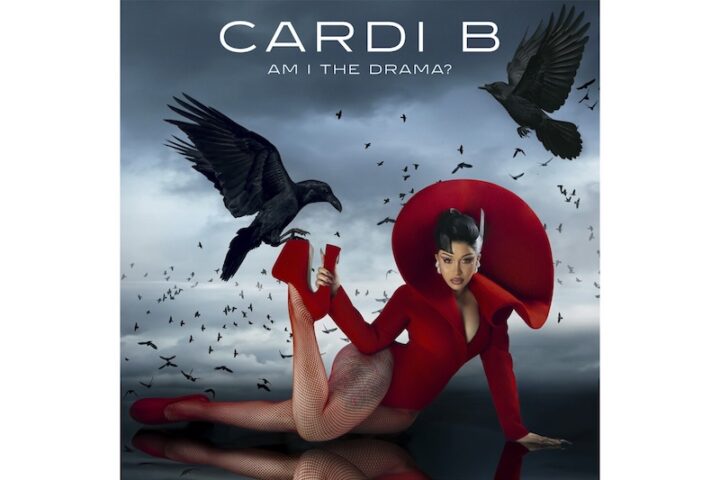New York City has long since had the reputation of being riddled with litter, and this unclean notoriety had also been assigned to the City’s waters. The New York Harbor had been for years the chosen spot factories would dump their toxic waste, until the Clean Water Act was passed in 1972, with the aim to restore and maintain the nation’s water’s health and cleanliness. In 2018, the Water Harbor Quality Report found that New York Harbor is now cleaner and healthier than it had been in the past 100 years.
A very tangible piece of evidence to support the statements about the Harbor’s restoration to a cleaner and healthier state is the surge of abundant sea life in the city’s waters. The past three years have resulted in many sightings along the harbor of bottlenose dolphins, humpback whales, and even a few minke whales and harbor porpoises. A 2021 WCS report of New York Harbor and its wildlife tracked the varying sea life, the frequency of their visits, and their patterns and habits.
A more recent 2022 Columbia University and Wildlife Conservation Society study discovered that the increased sightings of bottlenose dolphins in the New York Harbor were due to the dolphins’ desire to both socialize and hunt; humans, as it turns out, are not the only mammals that love The Big Apple.
But dolphins are not the only aquatic mammals that have been frequenting our waters, because as it turns out, the New York Bight, a high-traffic waterway stretching from New Jersey’s Cape May to Long Island’s Montauk, has been receiving a lot of juvenile humpback whale visitors.
Gotham Whale boats’ Twitter account has posted pictures of a few of the whales sighted- there were a series of photographs that boasted nine whales in one day, when just ten years ago, Gotham Whales saw only five whales over an entire summer. Their current count of whales that visit the NYC waters is now up to 260.
When speaking with Celia Ackerman, Gotham Whale’s On-board Naturalist and Research Associate, on what factors could have been at play to attract the whales, the Clean Water Act of 1972 was brought up, as it improved the conditions of the harbor, but so was Riverkeeper, a non-profit environmental organization geared towards protecting the Hudson River and its tributaries.
Riverkeeper does an admirable job of halting the chemicals and contaminations in the water, but even so, Ackerman explains, “We are not out of the woods yet. It is true, we do see a steadily growing rise in the sightings of these animals. And its true that a lot of it is due to the efforts at cleaning up the water- and of keeping them clean- but we have to think about the future too.”
Ackerman explains that just because the water is cleaner and healthier than it was, it is not as clean or as healthy as it can be. Heavy rains carry most of the City’s litter into storm drains and then into the water. Beaches are constantly covered with abandoned blankets and accessories that are carried out to sea. The chemical makeup of the waters has improved yes, but if we do not make conscious efforts to keep the city clean, all this effort may have been for naught.
As Ackerman says, there is a lot more at play here than just the state of the water. When the water becomes healthier, it allows for the presence of the local population of Atlantic menhaden fish, but it is also due to external factors, such as NOAA Fisheries working with the Atlantic States Marine Fishery to recognize the importance of the Atlantic menhaden fish and set a quota for the fish that can be harvested, that allows the local population of Atlantic menhaden fish to thrive.
The Atlantic menhaden fish’s presence in the waters of the New York Harbor is important as it serves as bait fish for the bottlenose dolphins and the younger whales. When we don’t have bait fish, we don’t see the dolphins and whales. Not to say that there is no other prey available for the, but the ones that have been confirmed by Gotham Whale are the Atlantic menhaden.
To have a larger population of bait fish in healthier waters is attractive to migrating aquatic mammals, including humpback whales. The presence of humpback whales is precious, Ackerman explains, as the increase in humpback whale sightings are due to the increase in their population, which can be due to the protections they have under the Marine Mammal Protection Act.
In fact, even for the whales that are able to adapt to living around an urban coastal area, living here is not necessarily always safe. While this year we have thankfully not suffered any humpback mortalities, there are cases of aquatic mammals- not just the humpback whales- that suffer ship strikes and/or get entangled in fishing gear, resulting in heavy -and sometimes even fatal- wounds.
The presence of these creatures in our waters is a testament to the hard work and conservation efforts our City has taken to better itself and the environment around it, but there is still much we can- and should- do. It is positive and encouraging to have the sea mammals frequent our shores- people simply cannot believe it! We should take this opportunity to learn what measures we can take to ensure that we maintain this healthy standard and do what we can to make the waters safer for these majestic creatures for future visits.












[…] measures taken have proved fruitful, and New York’s harbors are seeing an increase in whale sightings. Not only are we seeing first-timers, but returning whales as well, giving the hope that should we […]